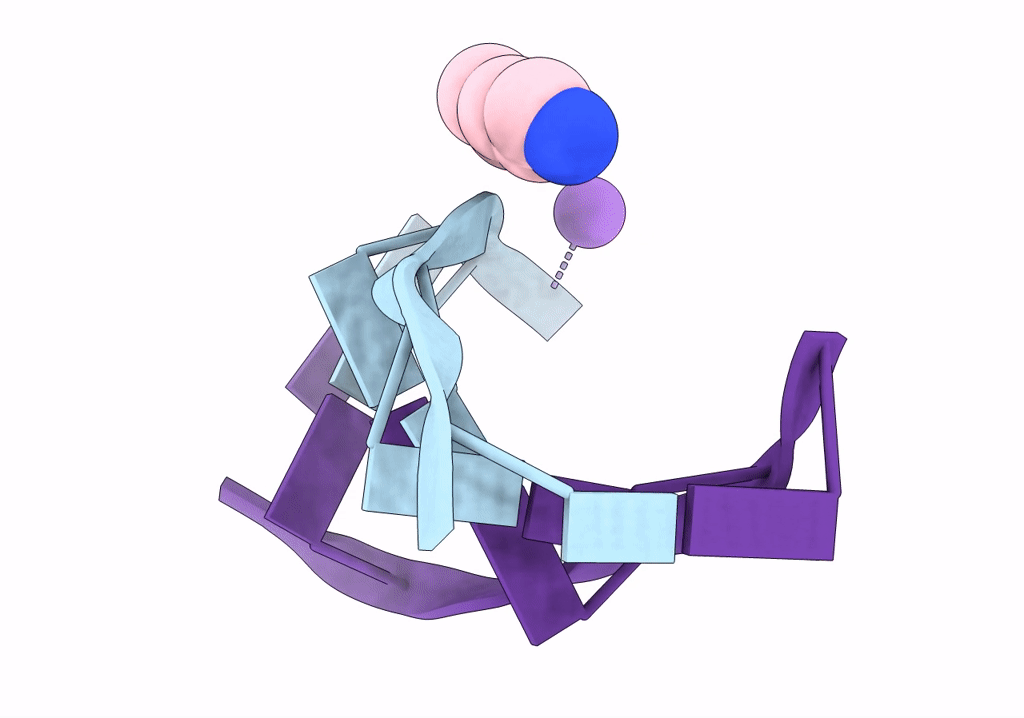
Deposition Date
2022-06-20
Release Date
2023-02-22
Last Version Date
2024-02-07
Entry Detail
PDB ID:
8A71
Keywords:
Title:
Crystal structure of right-handed Z-DNA containing 2'-deoxy-L-ribose in complex with the polyamine cadaverine and potassium cations at ultrahigh resolution
Biological Source:
Source Organism:
synthetic construct (Taxon ID: 32630)
Method Details:
Experimental Method:
Resolution:
0.69 Å
R-Value Free:
0.12
R-Value Work:
0.10
R-Value Observed:
0.10
Space Group:
P 21 21 21


